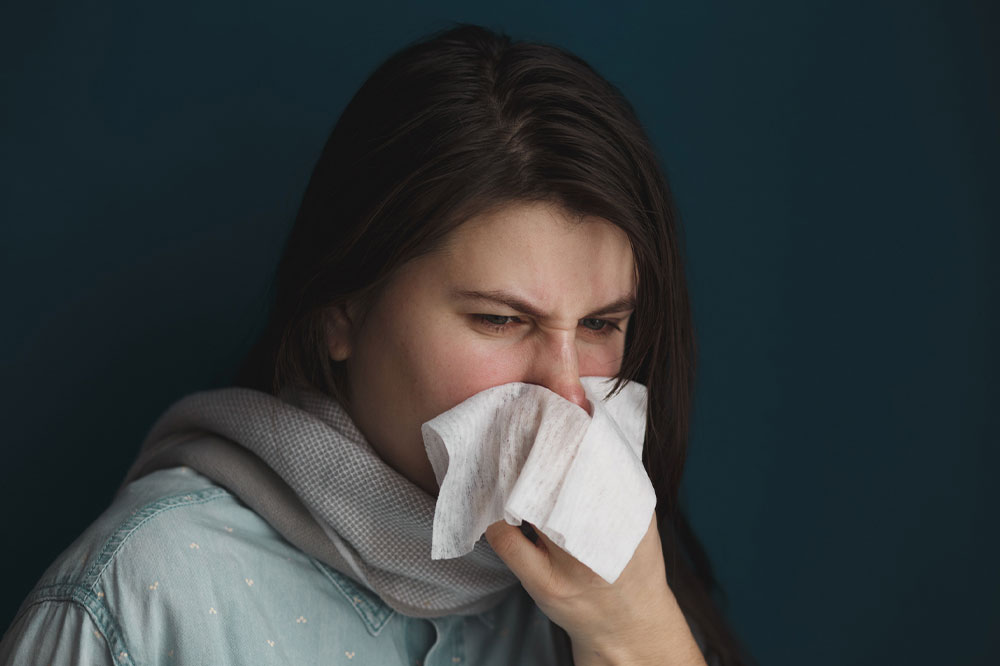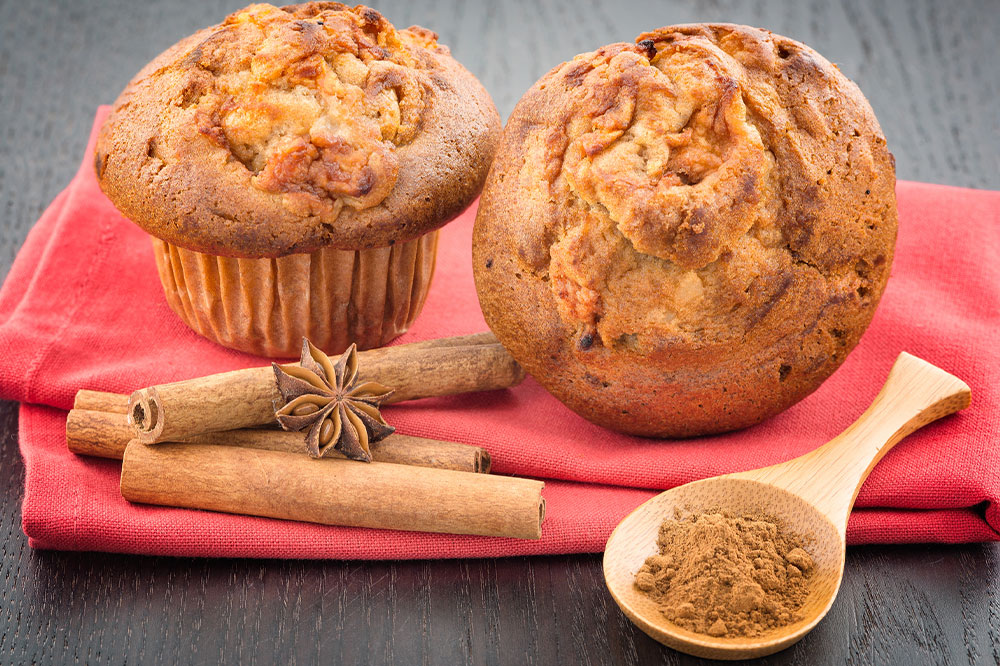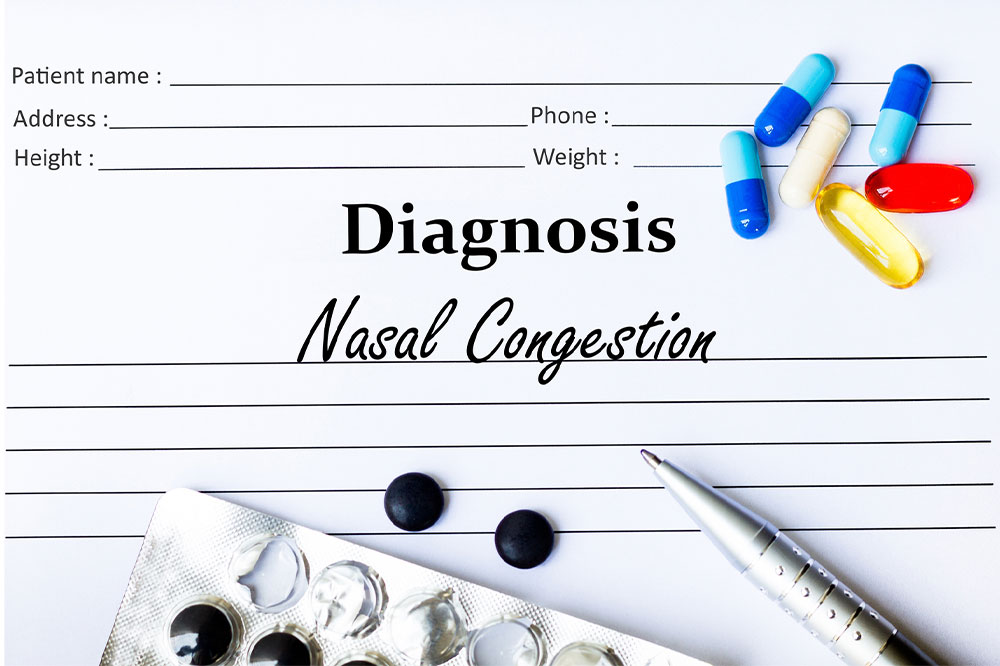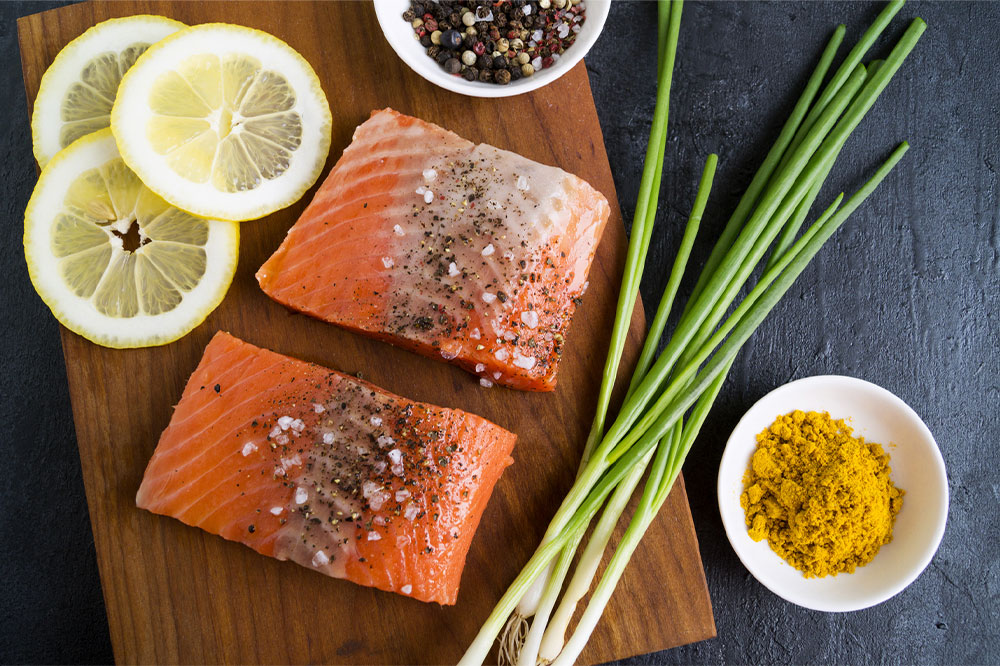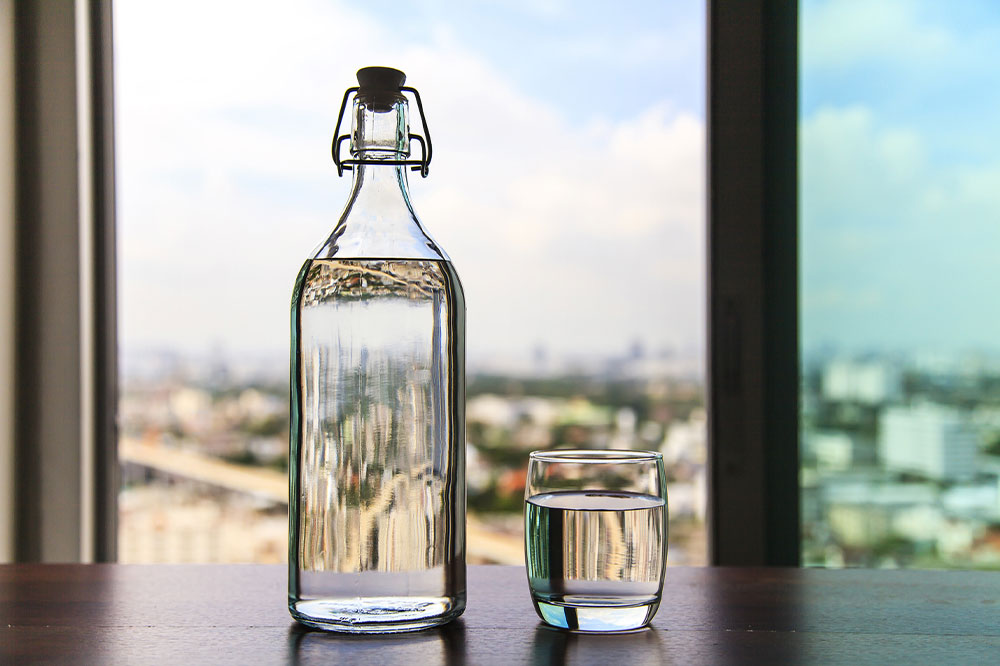Home Remedies That Help Stop a Runny Nose
Viral infections like the common cold and flu can cause a runny nose . It could also be a symptom of an allergic reaction caused by exposure to cold or hot weather, inhaling dust from the air, or certain smells. Whatever the reason, you can treat the problem easily using simple natural or home remedies in most cases. Here are a few helpful tips on how to stop a runny nose. Drink warm fluids Warm fluids soothe the inflamed lining of the throat and nose and relieve congestion. While plain warm water is adequate, you can have homemade chicken soup or chicken broth, as these have compounds that effectively fight a runny nose. However, avoid liquids that aggravate membranes in the throat and nasal passages. Try steam inhalation Steam inhalation is a traditional method for relieving congestion. Use a water steamer or hold your head over a pot of boiling water and slowly inhale the vapors. Adding some ginger or garlic to the boiling water is more helpful in loosening the mucus in the nose. Apart from being an excellent home remedy to stop a runny nose, inhaling steam is beneficial for treating cough and nasal allergies. Use saltwater rinse Saltwater rinse, traditionally known as “neti pot,” helps decongest the nasal tract.
Read More 